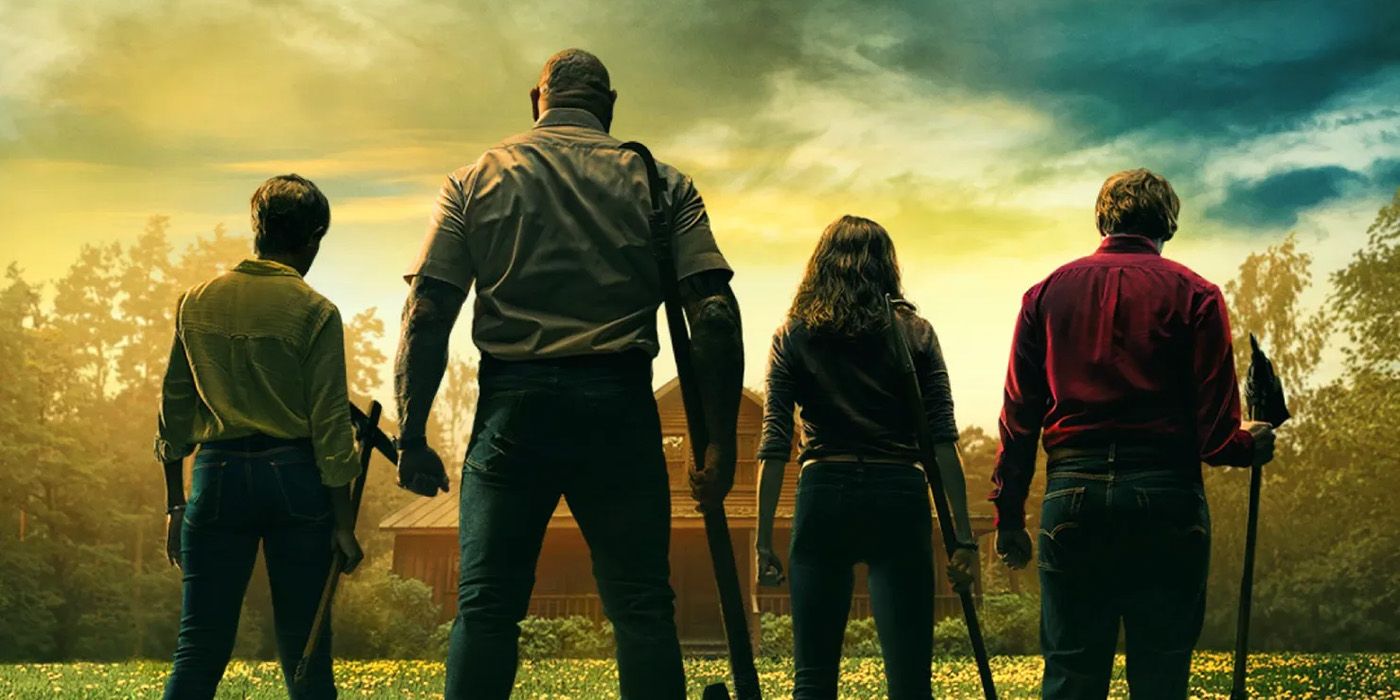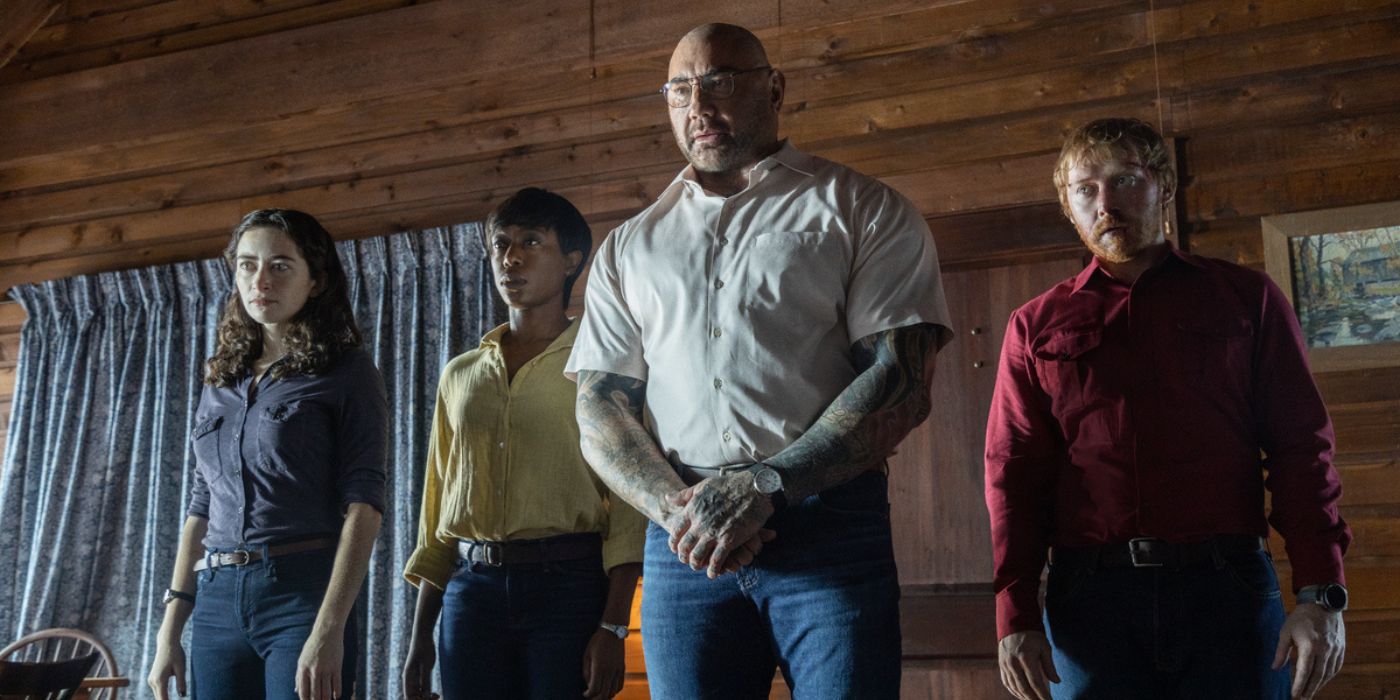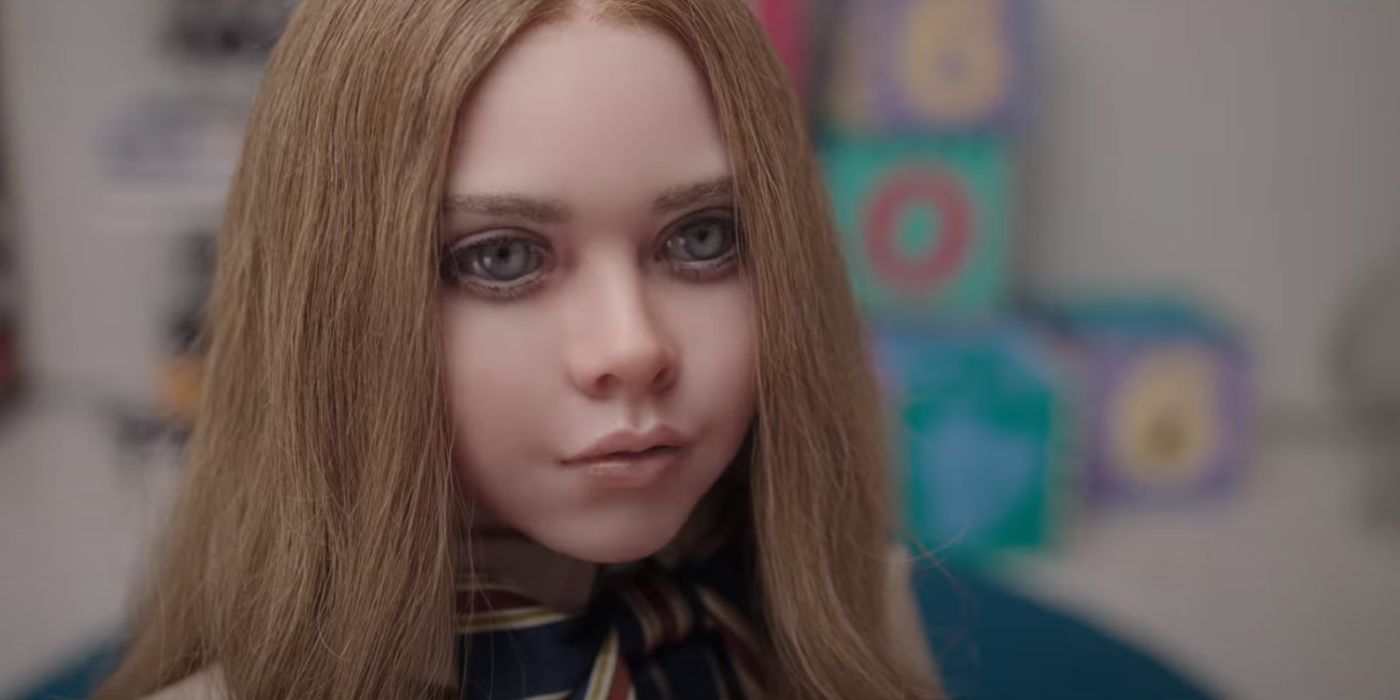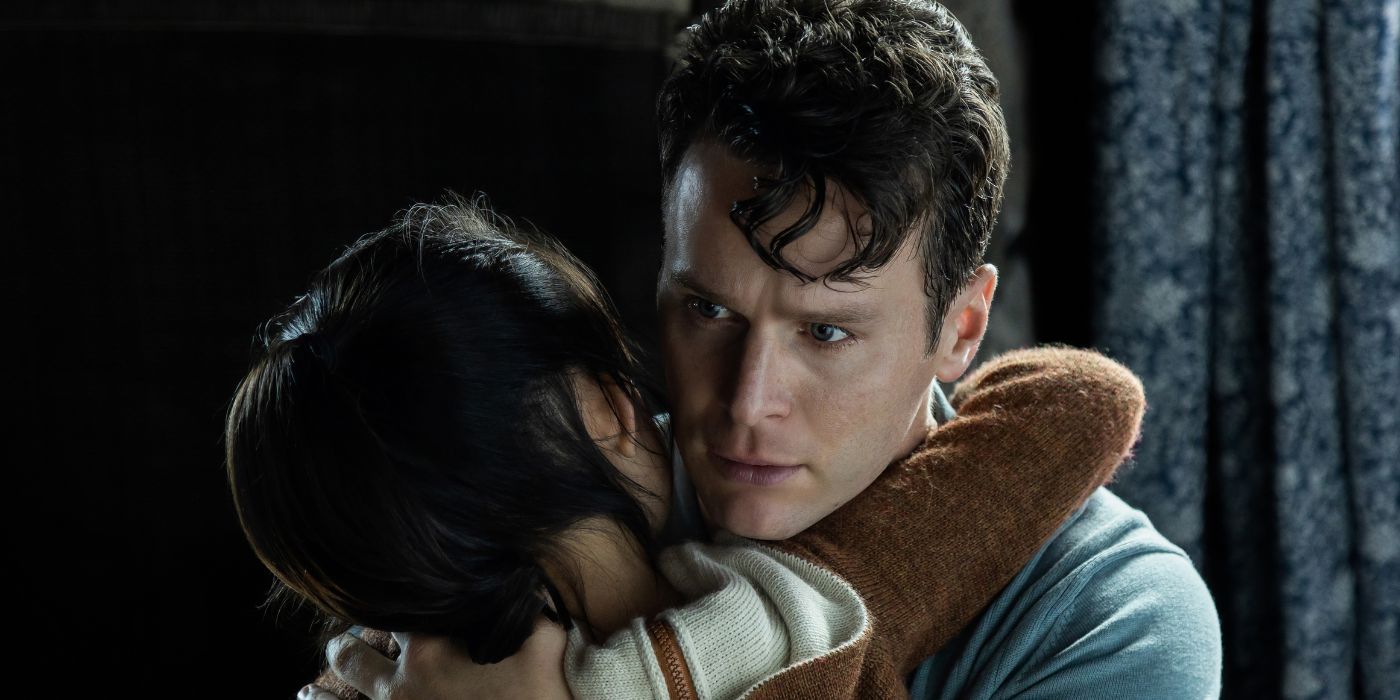Last weekend, M. Night Shyamalan’s latest feature, Knock at the Cabin, was released in theaters. Based on the popular novel, The Cabin at the End of the World by Paul Tremblay, the adaptation was a hit, opening at number one in the box office, knocking off the long reigning Avatar: The Way of Water. While it’s not on the level of something like The Sixth Sense or Signs, it’s one of Shyamalan’s better films, with a clever premise, a fascinating setting, and stellar performances from its cast, especially Dave Bautista, the wrestler turned actor who has evolved from a phenomenal supporting actor to a leading man who can carry the weight of a major feature.
In the film, a couple (Jonathan Groff and Ben Aldridge) and their young daughter (Kristen Cui) are vacationing at an isolated cabin in the woods when it is invaded by four strangers, led by Bautista. The invaders will not let the family leave, tying them to chairs while they hold handmade weapons over them. Still, they’re not overly aggressive and act uncomfortable being there. They claim to be there because they’ve had visions about the end of the world, and in these visions it showed this cabin. Those visions told them to go to the cabin, and if one person inside will agree to sacrifice their life, the world will be saved. If they refuse, the world will cease to be.
'Knock at the Cabin's One Big Question Is Shockingly Answered In The Trailer
It’s a fun film, filled with action and intensity from beginning to end. It’s heavy with suspense, the layers packed on by the big question the film asks its viewer. Is this group lying or is this real? Are they a crazed cult perhaps, there for other nefarious reasons, or is everything they say legit? Being that it’s an M. Night Shyamalan film, you have no idea where he’ll take it, though since this is based on a work that is not an original script, the temptation to throw in a crazy twist is reined in.
This question is part of what made the book so well received. Readers were on a ride, not knowing where it was going, trying to figure out the mystery behind that question. If you’ve seen the second trailer for the movie adaptation though, there’s just one massive problem, one that completely sucks the tension out of the experience. The trailer answers the question, so that you go into the theater having it solved before the opening credits even roll.
Some have said that they like Knock at the Cabin, but that something felt off. While well acted and telling an exciting story, it also fell flat. That’s because the swelling balloon of suspense had already been popped. The first official trailer is perfectly edited. We’re introduced to the cast. We’re told why the bad guys are there. We’re shown the heroes and villains fighting. That’s it. It’s how a trailer should be done, giving you a glimpse, but not the solution to the puzzle. The second trailer, released months later, ruined that for at least the 34 million people who watched it on Universal Pictures' YouTube channel.
In the film, two of the signs of the apocalypse we are told are that the oceans will rise and cover the earth, and that planes will fall out of the sky. It’s a crazy thing for a character to say if they can’t back it up. If we don’t see tsunamis or planes crashing, then it’s obvious that they’re lying. Well, Knock at the Cabin’s second trailer, for whatever inexplicable reason, decides to just show you a shot of a rising ocean wave in a news report and a plane falling out of the sky near the cabin. Goodbye, suspense. Adiós, tension.
The Trailers for 'M3GAN' Gave Away Most of the Film's Intense Scenes
Film fans have long complained about how modern trailers show too much. How many times have you watched a trailer and said, “Well, no need to see that one. They just showed me the whole movie.” M3GAN is a perfect recent example of this. The first trailer showed a lot of action and some of M3GAN’s attacks. In a way, that can’t be helped. If you have a film about a doll that goes on a murderous rampage, you have to show some of the rampage. Just like with Knock at the Cabin though, the second trailer leans into those scenes even more. There are several more scenes of M3GAN’s attacks. By the time you made it to the theater, you knew who was going to die and how. You could see a scene beginning and go, “Oh, here’s the part where M3GAN hangs that guy and blows up the lab.”
While the M3GAN trailer commits the regularly committed sin of giving too much away, still, it doesn’t answer a question that will spoil the entire movie. Imagine if M3GAN’s plot had been about M3GAN being just a regular doll that can’t move or talk, but murders begin happening, raising the question as to whether M3GAN has come to life or if someone else is responsible. Then the trailer comes out and shows you M3GAN in a shot coming to life and attacking someone. The air would be sucked out of the film.
It’s a good thing that the flaws of modern trailers weren’t prevalent earlier in Shyamalan’s career. It wouldn’t have to go as far as The Sixth Sense telling you that Bruce Willis is a ghost. It could simply be a quick shot from The Village that shows a character being approached by a security guard in a jeep, completely giving away a crucial point.
Movie Studios Take the Wrong Approach in How They Market Their Films
Trailers, especially second trailers, fall into this trap frequently. Movie studios can’t help themselves. This is due to their need to show different footage that amps up your desire to fork over your money at the theater. They think that more setup, that building more intrigue, is not the way to do it. Instead, they go for the moneymaker shots, giving us more action, more explosions, more kills, more tsunamis and crashing planes. It’s as if the studios are admitting that they don’t have faith in their product and its ability to draw a crowd based on a premise or a cast.
In Knock at the Cabin’s case, this inability to hold back hinders the film greatly rather than helping it. You already know the answer to the big question, which should have been the entire focal point, just like it was with the novel. The cat is out of the bag and has scurried away. The only thing left to do is watch how they get there and see who dies and who doesn’t at the end. Where’s the fun in that?




